Spoiler Review of the ‘Rogue One’ Novelization + 15 Things That Are Not in the Movie!
You’ve seen Rogue One. You’ve read the Catalyst companion novel. You’ve even had the soundtrack on repeat since last Friday. So what could possibly make your Rogue One experience even more fulfilling than it already is? Well lucky for you, I have the answer to that question – the novelization of Rogue One: A Star Wars Story by Alexander Freed (Battlefront: Twilight Company)! Read on for my spoiler review of the novel, including some interesting bits that were not in the movie.
I really enjoyed Freed’s freshman effort as a Star Wars novelist with Battlefront: Twilight Company. It wasn’t the most rewarding of the new canon books, but even with the slight disadvantages of being associated with a mediocre video game of the same name and not being able to fully utilize legacy characters as other authors have been able to do, he constructed a satisfying story with compelling new characters.
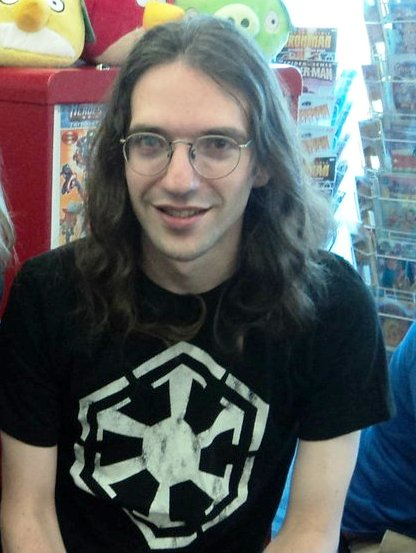
Obviously, his success did not go unnoticed, as he was tasked by LFL to pen the adaptation of their first standalone film Rogue One: A Star Wars Story. In retrospect, Freed was the perfect choice for this novel, given the proficiency he demonstrated with capturing that “Band of Brothers” feel in Twilight Company as he painted a rugged picture of what the Galactic Civil War was like through the eyes of common foot soldiers in the Rebellion against the Empire. Who better for the novelization of a movie that sets out to capture that same spirit?
As with The Force Awakens novelization by Alan Dean Foster, this book does have the advantage of being able to really visualize the story given that most readers will have seen the movie as well. Even with the visual aid of the movie as its close companion, I still think that this is one of the most well-written novels in the Star Wars library so far.
Freed nails it with the pacing of his narrative. There is never a dull moment as he even manages to deliver the story’s more quieted moments in ways that are interesting and captivating to the reader. Film novelizations are tricky to review on their own merit, as the story is not the author’s own, but that being said – for what Freed sets out to do with this book – he knocks it out of the park.
In the theater, I actually enjoyed The Force Awakens more than Rogue One (though I had a blast with this film as well). But when it comes to the novels, the Rogue One novel is the better of the two in my opinion. Freed’s interpretation of the film rings true and his adherence to the source material walks a tight rope. I didn’t notice any real discrepencies in this novel when compared to the finished film – surprisingly so given the extent of the re-shoots that we heard about.
Freed’s additions to the story are mostly extensions of existing scenes rather than completely new ones. The book is so faithful to the film that I highly doubt that any changes were made to the story late in the game as some have speculated. Despite the film’s re-shoots, it seems they have known where they wanted to go with the story for quite some time. Either that – or Freed is excellent under time constraints.
The scenes in the book play out pretty much exactly like they do on screen with the exception being that the advantage of the book format allows readers to get into the heads of the characters to more clearly understand their motivations. This is especially evident in Jyn’s relationships with Saw Gerrera and her father Galen, which are much more fleshed out in the book. Jyn reveals through the exposition of her own thoughts, that she has always viewed Saw as a father. Yet she harbors a degree of hate and resentment for both of the former paternal figures in her life. The depiction of Jyn’s feelings toward her father during the hologram scene is one of my favorite moments:
“Saw, if you’re watching this,” Galen Erso said, “then perhaps there is a chance to save the Alliance.” The words had the air of a deathbed confession.
My father is alive. My father is a coward. My father is a bastard.
Galen Erso is not my father. Galen Erso didn’t raise me…
Jyn wanted (madly, childishly) to rush to Saw’s side, to cling to him for protection. She wanted to drive her fist into the holoprojector, to bleed from shards embedded in her knuckles and then tear the holochip out, crush it under her heel.
All of the characters in the novel are given some additional backstory and moments of self reflection that allow the reader to really get to know them, but the one that I think benefits the most from Freed’s writing is Jyn Erso. During the story, he uses a clever device that really helps the reader to understand Jyn’s emotions and impetus during her transformation throughout the story. I thought Jyn’s character was well-portayed in the film as well, but here – in book form – her character flourishes.
Freed builds on the cave hatch seen from the prologue to depict Jyn’s emotions and changes throughout the story. The cave, her place of dark refuge after the death of her mother and her father’s abandonment, becomes that place that she returns to so often in her mind, keeping her deepest darkest feelings locked inside. As the story progresses, the cave becomes larger and the light becomes brighter, illuminating the changes that she was undergoing as a character.
If you liked Rogue One, I strongly suggest you check out this book. It’s a great addition to your Star Wars library, and is probably one of the few that you’ll want to revisit most often in the years to come. I thoroughly enjoyed it, and I will definitely be looking forward to any future Star Wars stories that may be in the works from Mr. Freed. The book is available now in the hardcover and digital formats. There is also an audio production available through Audible.
I give Rogue One: A Star Wars Story by Alexander Freed:
4.5 / 5.0 Stormys
Before you go, check out this list of 15 interesting things that I picked up on in the book that are not present in the film version of the story:
- There is an addition to the flashback prologue scene in the book that is not present in the film. After the death of Lyra, we follow Galen and Krennic to Krennic’s shuttle where he assures Galen that his wife will be honored in her death despite her betrayal. As Galen laments over his wife’s corpse, Krennic threatens Galen with the promise of finding his daughter, in attempt to ensure his cooperation with the work ahead. At the end of this scene, we see Galen reluctantly agree to obey Krennic’s commands.
- In the novel, Jyn actually has a conversation with her tentacle-faced cell mate. The alien calls herself Nail, although she has been nicknamed “Kennel” by everyone else due to the abundance of parasites she constantly keeps on her person. It becomes clear during the conversation that she is not interested in any kind of friendship with Jyn:
“Do you want a warning? Kennel asked. “Before I do it?”
“Not really,” Jyn repeated.
Kennel grunted and rolled from one side to the other. “I will give you one anyway.
Next work crew we are on together. I will kill you then.”
- The novel reveals that Jyn was serving a twenty-year sentence at the Wobani labor camp. Anything more than five was considered a death sentence due to the harsh environment of the camp. Given the predisposition of Jyn’s cell mate, she might not have lasted the day if the Rebels didn’t come to her rescue.
- At the beginning of the story, Jyn is going by the name of Liana Hallik. Two former aliases are mentioned in the book as well: Tanith Ponta & Kestrel Dawn.
- I’m sure you remember the iconic shot of the Death Trooper picking up Jyn’s stormtrooper doll on Lah’mu from the movie. In the book, it is given a name – “Stormy”. Two other of Jyn’s toys are mentioned – her favorite sleeping buddy “Beeny” and another named “Hazz Obluebitt” whose name appears to have been inspired by the Dresselian smuggler Has Obitt from the Catalyst novel.
- Jyn’s age is revealed in the book. She was 8-years-old when her mother was killed on Lah’mu. The rest of the film takes place approximately 13 years later, officially giving her age at 21. She was born during the Clone War (which was revealed in Catalyst) and was a toddler by the end of the war and the beginning of the Jedi purge.
- There is an additional flashback scene, presented as a dream, where Jyn is with her parents on Coruscant some time before they were forced into exile. In the flashback, five-year-old Jyn is lying in her bed clutching her favorite toy/best friend Beeny against her face, listening to her parents talk to Krennic about fighting the Separatists. This scene is very reminiscent of the similar discussions between Krennic and the Ersos in the Catalyst novel, but this time from Jyn’s point of view.
- Cassian is identifed in the book as coming from a Separatist world. When he talks about how he’s been in the war since he was six-years-old, he is most likely referring to his homeworld fighting against the Republic and then later joining the Rebellion against the Empire. Because of his past, he grew up with a negative view of the Jedi, seeing them as enemies.
- There is a segment of the book with back to back interludes on Jedha, immediately before the destruction of NiJedha, the Holy City, by the Death Star. The interludes focus on an elderly religious woman named Meggone, Pendra – the little girl that Jyn saved in the city during the attack from Saw’s rebels, and a stormtrooper squad that was on a recon mission during the city’s evacuation. We come upon these characters in their final moments, and the effect is quite moving.
“Meggone felt the heat wash over her body but she felt no pain. She ignited in an incandescent burst of burning air, turned to ash and less than ash in an instant. At the age of ninety-three, she was not ready to die.”
“Larn and Pendra Sillu didn’t see the emerald light or hear the thunder before they died. Pendra never left her father’s arms.”
“When the storm front hit them, JN-093’s armor protected her just long enough to make her death painful. In her last flicker of brain activity, she felt she’d failed her squad.”
- The Chopper cameo is given slightly more attention in the novel. In the film, it’s a blink and you miss moment when C1-10P rolls across the left side of the screen at Base One on Yavin 4. Freed gives him a little shout-out in the book:
“Merrick started to speak, but was interrupted by a shout from the rear of the hanger. “Senator! Senator Mothma!” One of the base privates was powering his way past a huddle of technicians and a C1-series astromech, racing toward her…”
- Freed gives his adaptation of Rogue One what I call “the Luceno treatment”, making a reference to his previous Star Wars novel Battlefront: Twilight Company. Luceno regularly did this in both Tarkin and Catalyst, pulling in elements from his Legends works like Darth Plagueis and Dark Lord: The Rise of Darth Vader. In one of the “Supplemental Data” sections of the book that serve as interludes between chapters, he makes a reference to the Sixty-First Mobile Infantry (a.k.a. – “Twilight Company”).
- One of the most interesting of the interludes details a series of messages back and forth between Galen Erso and the Death Star Operations Manager Shaith Vodran, as Galen attempts to convince him of the necessity of modifying the station to add a thermal exhaust port to mitigate a radiation distribution problem. Weeks behind schedule, the change is approved in effort to avoid more costly and time-consuming alternatives.
- The mysterious Guardians of the Whills are still shrouded in mystery, but a little more light is shed on the zealots in the novel. We know from the film that Chirrut and Baze were once protectors of the Temple of the Kyber in Jedha City. What their exact responsibilites were as Guardians is never explicitly stated, but it is clear that their view of the Force is not the same dogmatic narrow-minded view that the Jedi possessed.
“Baze had heard once – he could not recall from whom – that the Jedi considered anger an abomination; a path to what they called the dark side of the Force. But the Guardians of the Whills were not Jedi; and Baze’s anger was righteous, able to guide his shots where the Force would not.”
The concept of the Whills is not new to Rogue One. It was actually a concept that originated as a plot device from George Lucas:
“Originally, I was trying to have the story be told by somebody else (an immortal being known as a Whill); there was somebody watching this whole story and recording it, somebody probably wiser than the mortal players in the actual events. I eventually dropped this idea, and the concepts behind the Whills turned into the Force. But the Whills became part of this massive amount of notes, quotes, background information that I used for the scripts; the stories were actually taken from the Journal of the Whills.” – George Lucas from Star Wars: The Annotated Screenplays
An early draft of the Star Wars script actually includes the name in the title. Originally, the film was to be titled The Adventures of Luke Starkiller as taken from the “Journal of the Whills”. Alan Dean Foster, the ghost writer of the first Star Wars novelization, actually sourced the “Journal of the Whills” in his prologue.
In the original script for Revenge of the Sith, Qui-Gon Jinn actually reveals that he learned the path to immortality from a “Shaman of the Whills”. This was later contradicted in the final arc of The Clone Wars TV series where it is revealed that he learned the secret from the five Force Priestesses. However, Alan Dean Foster officially brought the Whills into the Star Wars canon by sourcing the “Journal of the Whills” in his adaptation of The Force Awakens.
It’s exciting to see such small details expanded upon in new media, and I have a feeling that future entries in the franchise will continue to flesh out the mythology surrounding this mysterious order.
- The film makes it clear that although Chirrut is attuned to the Force, he is not a Jedi. However, the book attributes his ability to sense the world around him, in a way that his blindness almost becomes irrelevant, to the art of zama-shiwo, the “inward eye of the outward hand”. His skills seem to transcend a simple attuning of his remaining senses, reaching to an almost supernatural level. Watching his character in the film, I was reminded of Luke’s training with the remote in A New Hope. Chirrut may not have had the power set of even the least of the Jedi, but I think it’s clear that he certainly had some degree of Force ability.
- One of my favorite moments in the book was Krennic’s assessment of Darth Vader as he made his approach to Mustafar (which is actually called out in the book although the planet is not named in the movie). He clearly had no idea what he was getting into:
“If a senator from Naboo could leash Vader, then surely Krennic could as well. Whether he was here for accolades or castigation, he could creep into Vader’s inner circle and break the alliance between Vader and Tarkin.”
Have you read the Rogue One novelization? If so, what are some things that you found to enhance your enjoyment of the film? If not, are you looking forward to reading it? Share your thoughts in the comments.
Jordan Pate is Co-Lead Editor and Senior Writer for Star Wars News Net, of which he is also a member of the book and comic review team. He loves all things Star Wars, but when he's not spending time in the galaxy far far away, he might be found in our own galaxy hanging out in Gotham City or at 1407 Graymalkin Lane, Salem Center, NY.

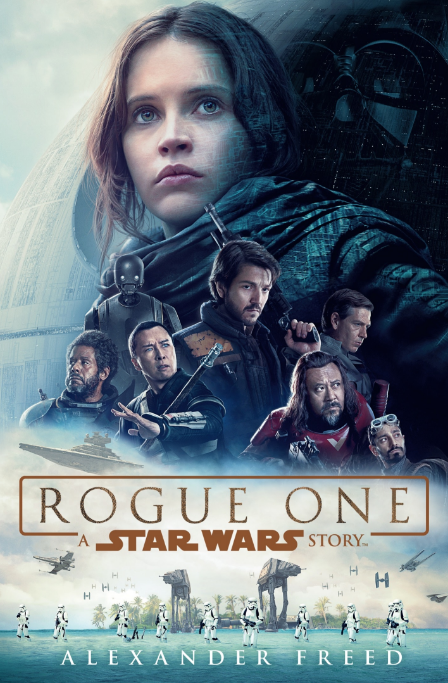
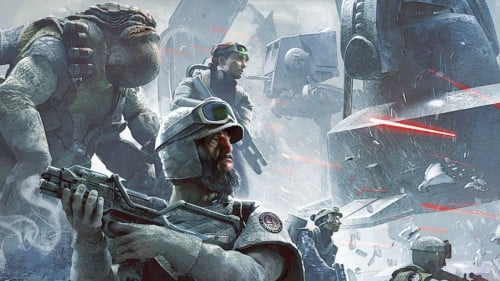
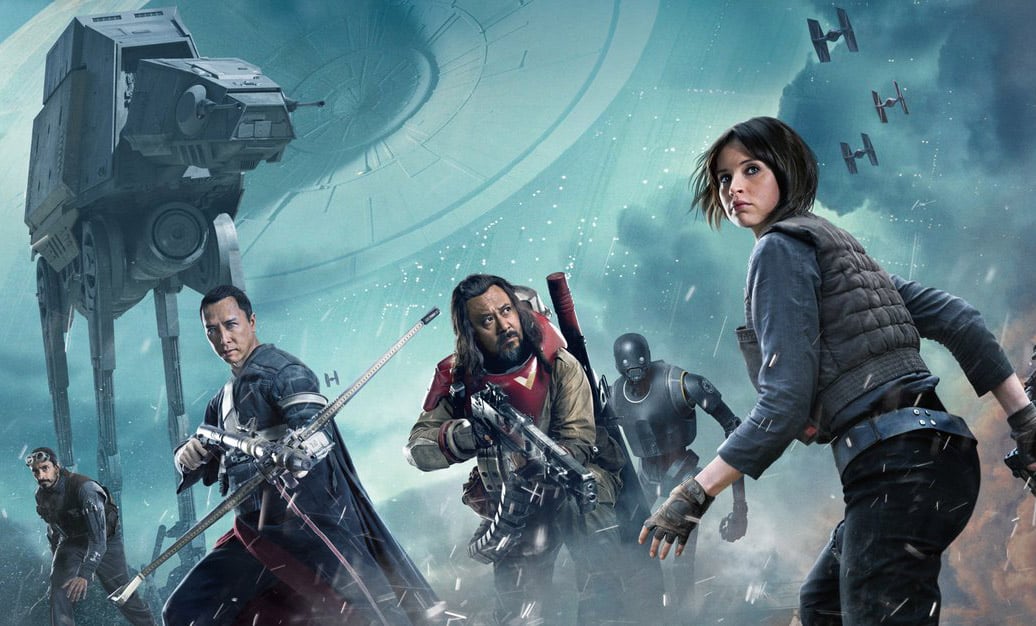
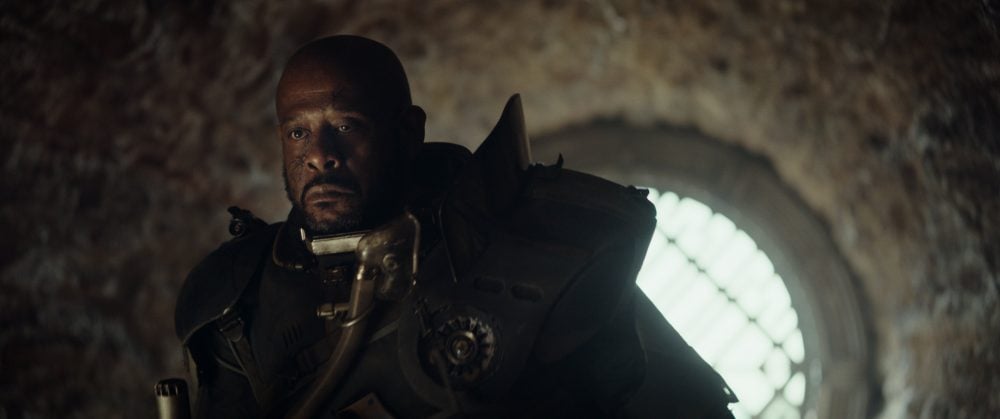
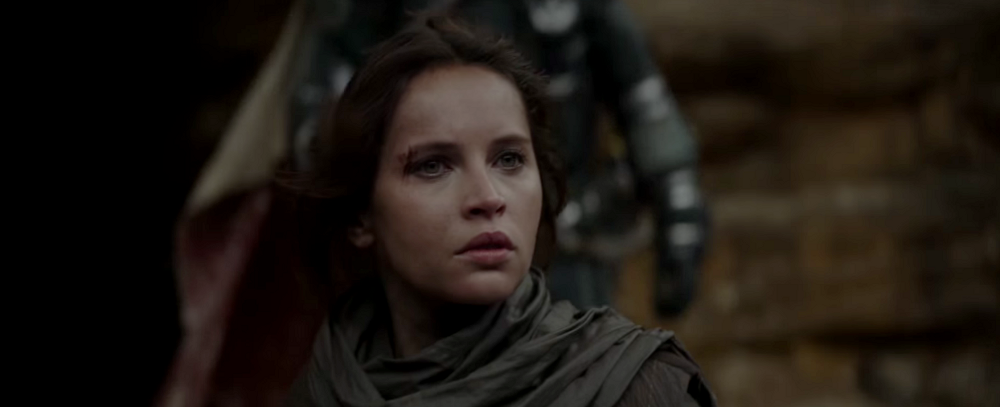
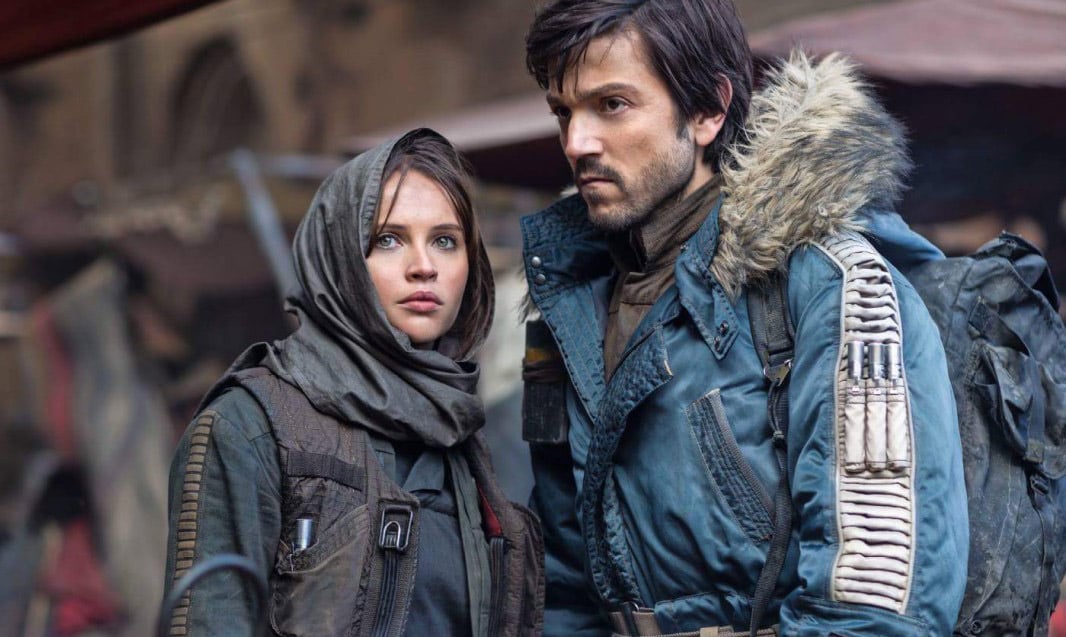

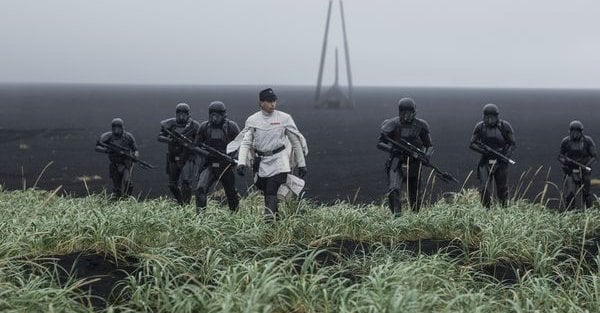

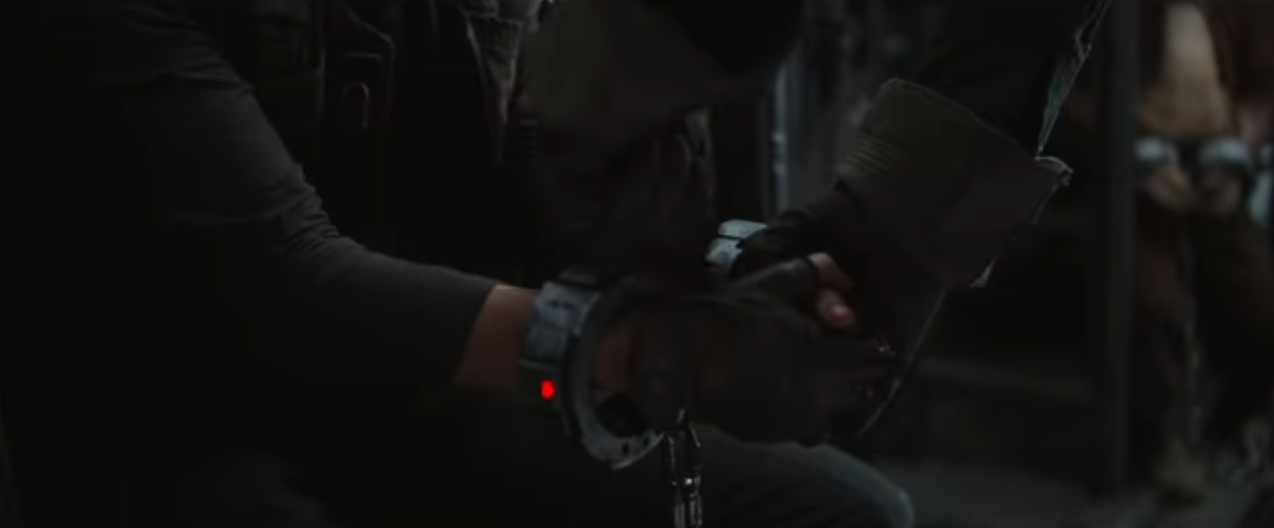
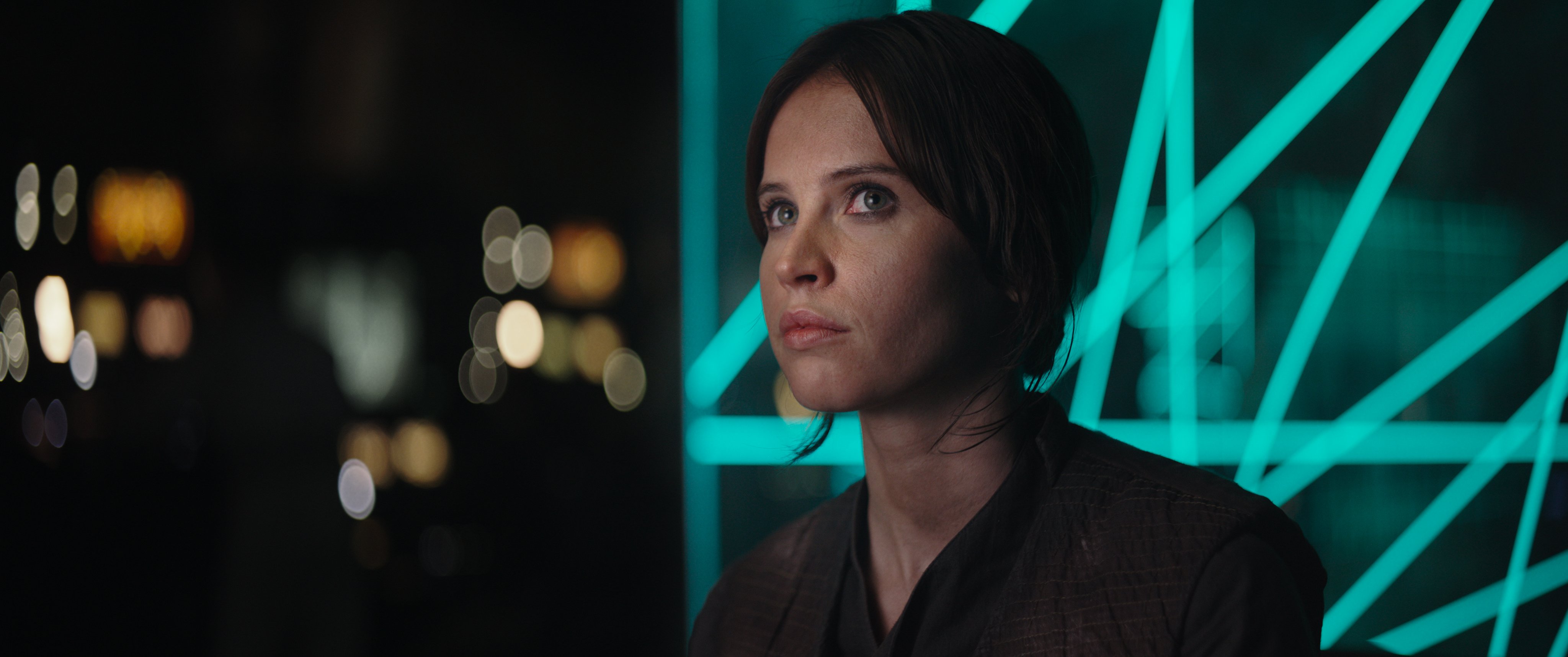
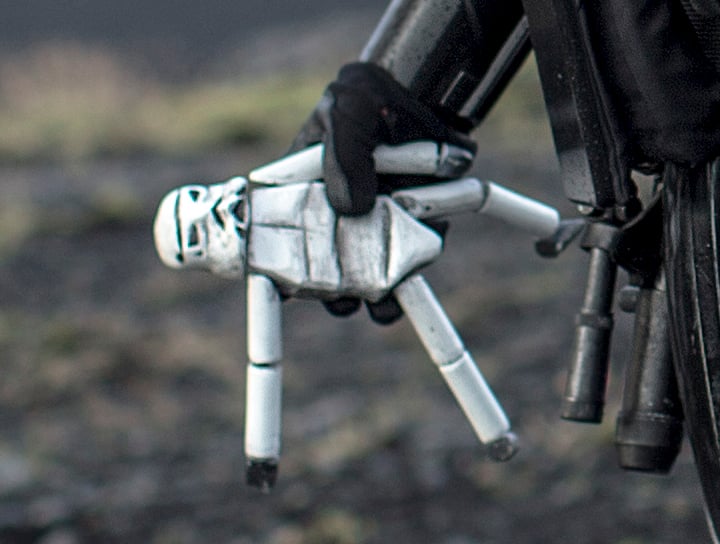
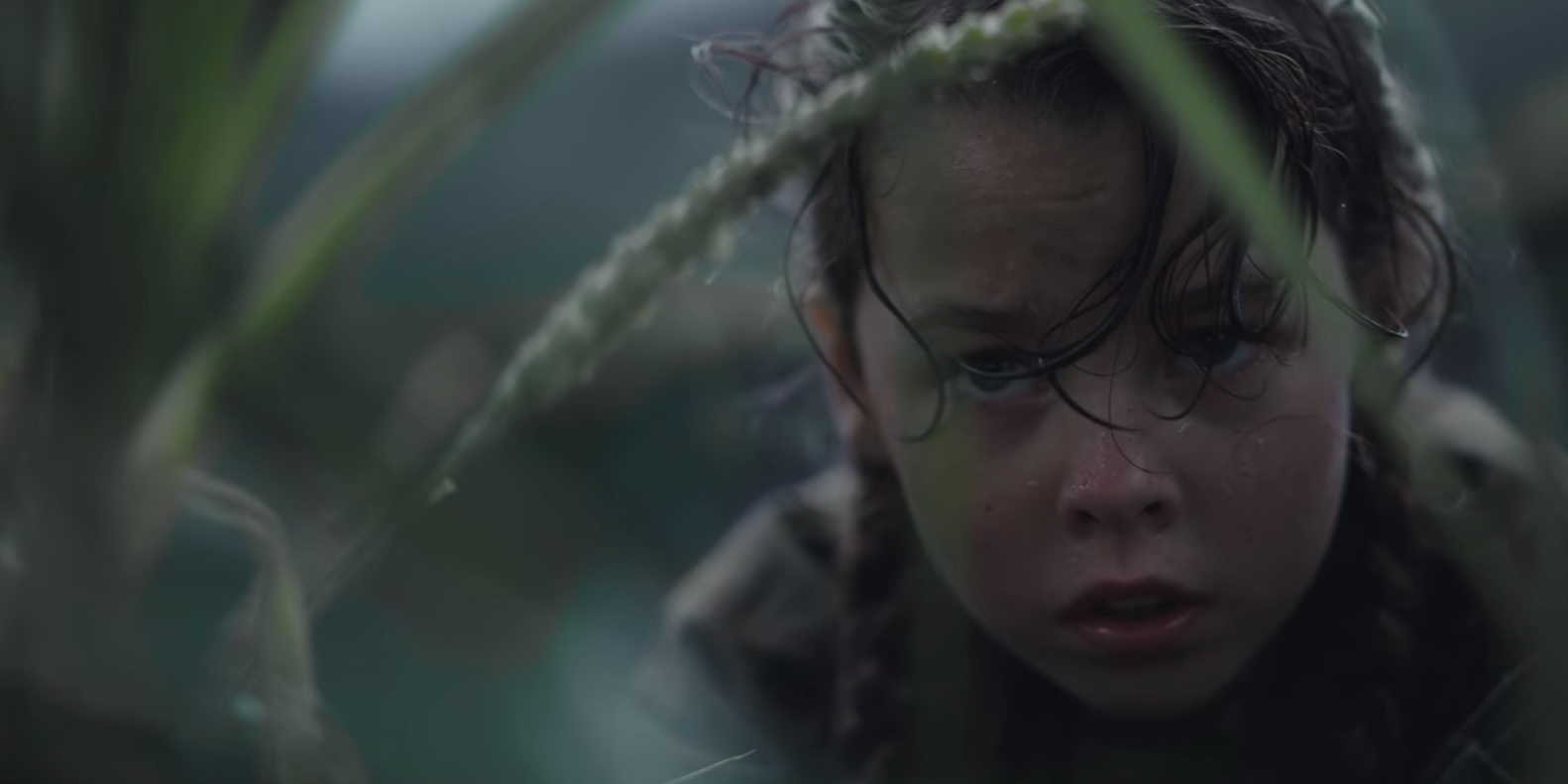
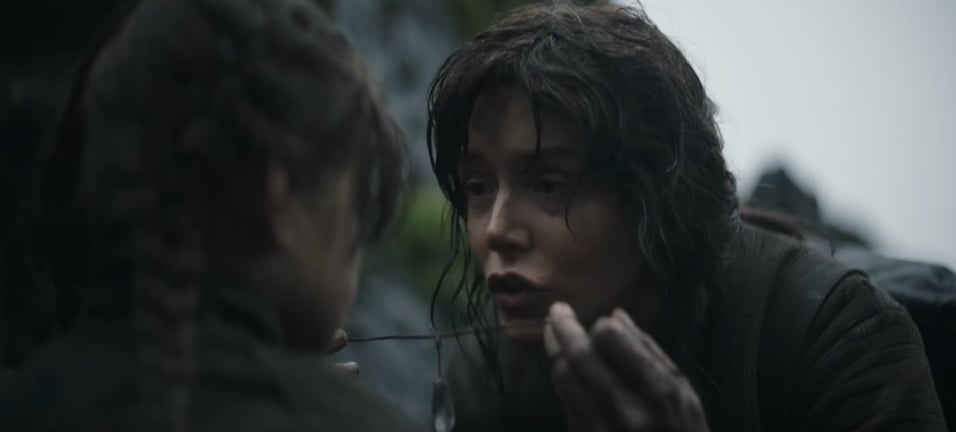
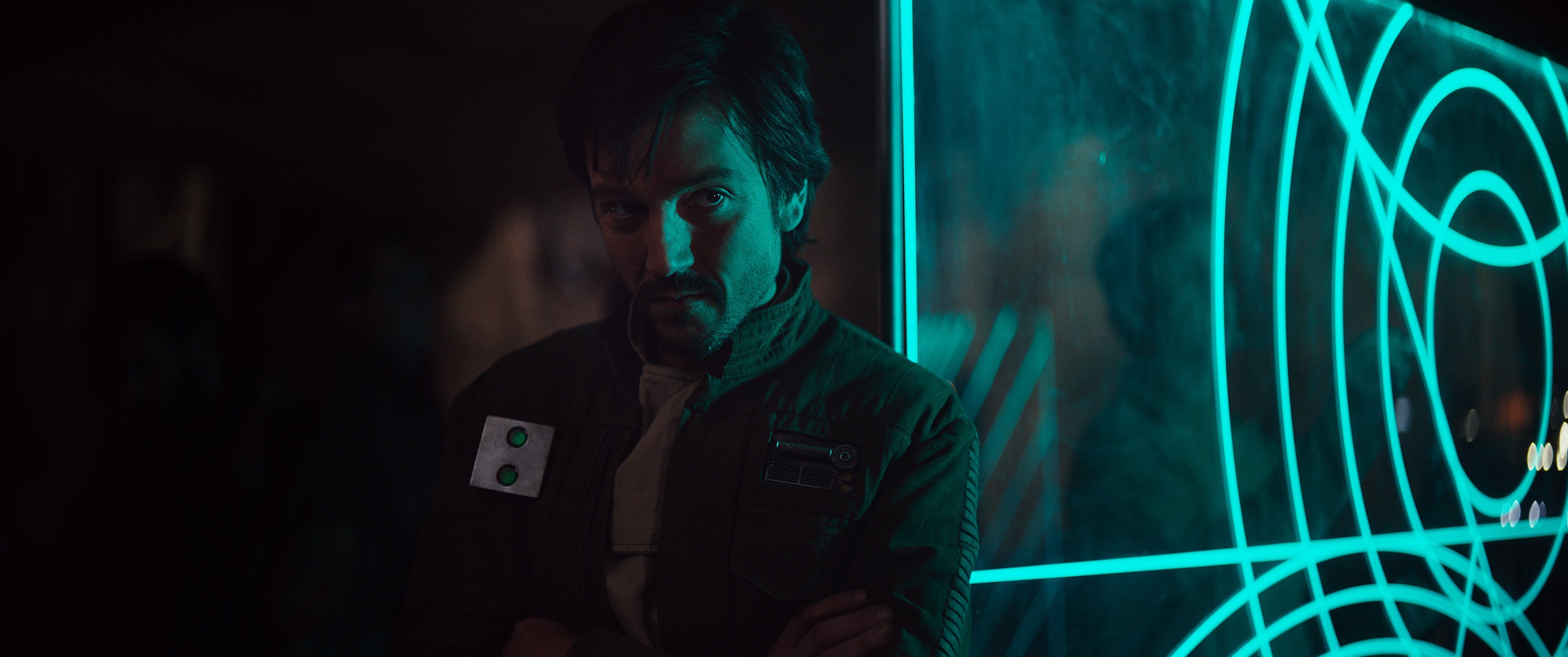

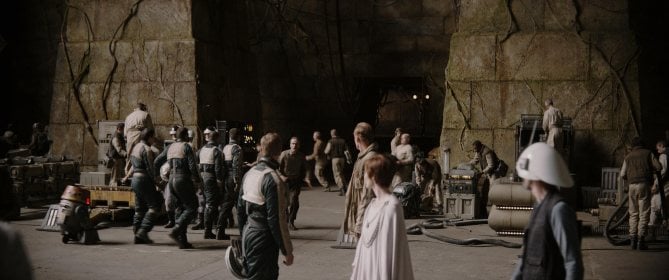
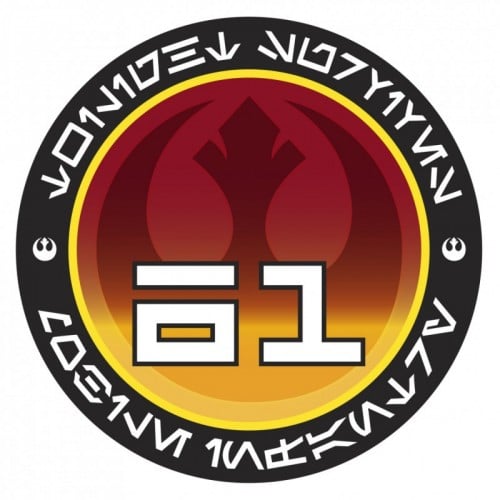
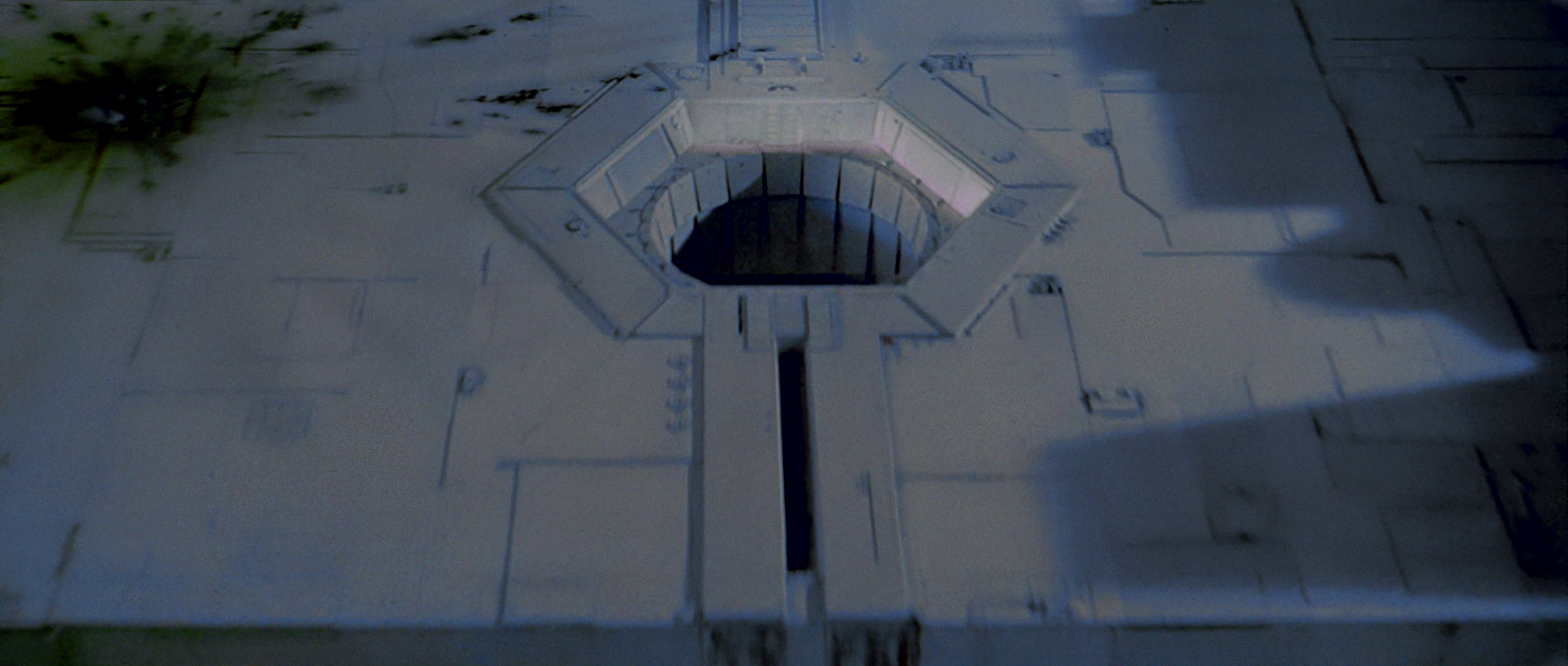

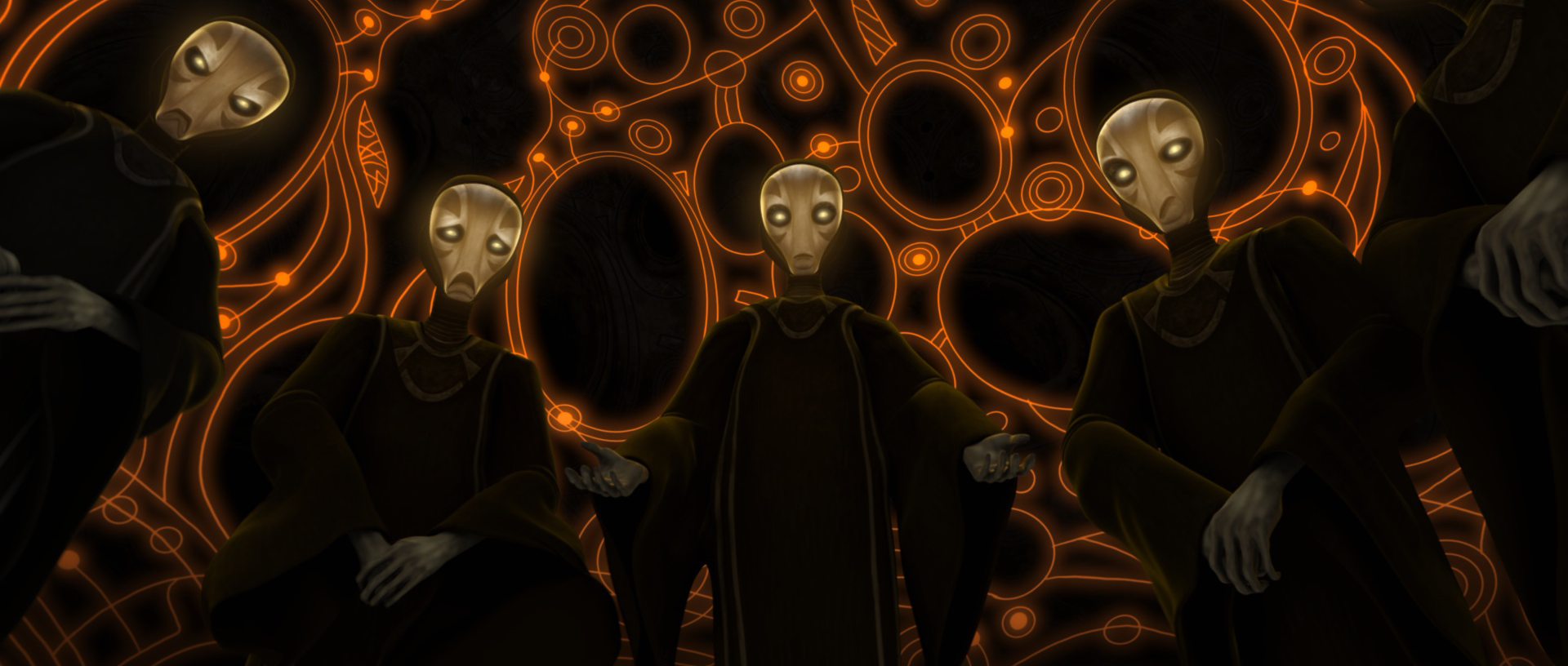
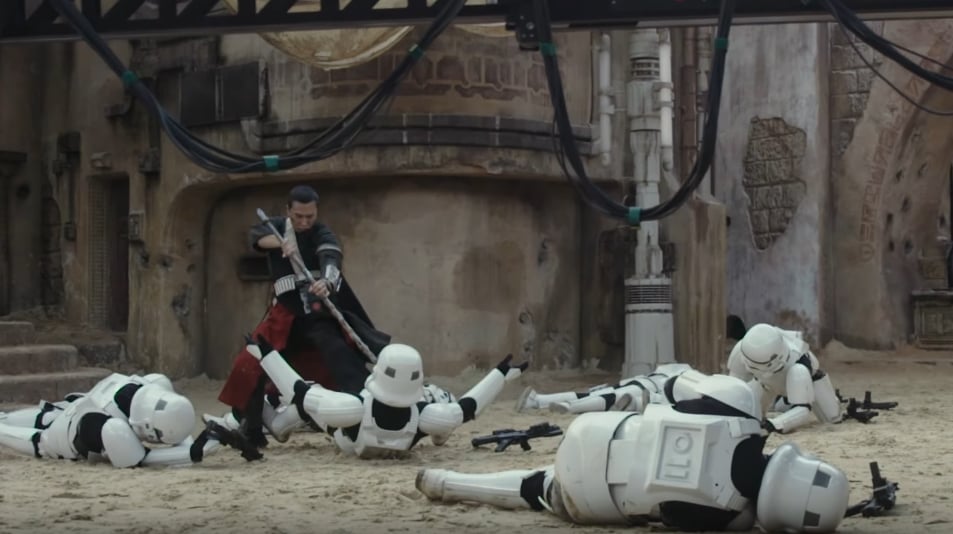
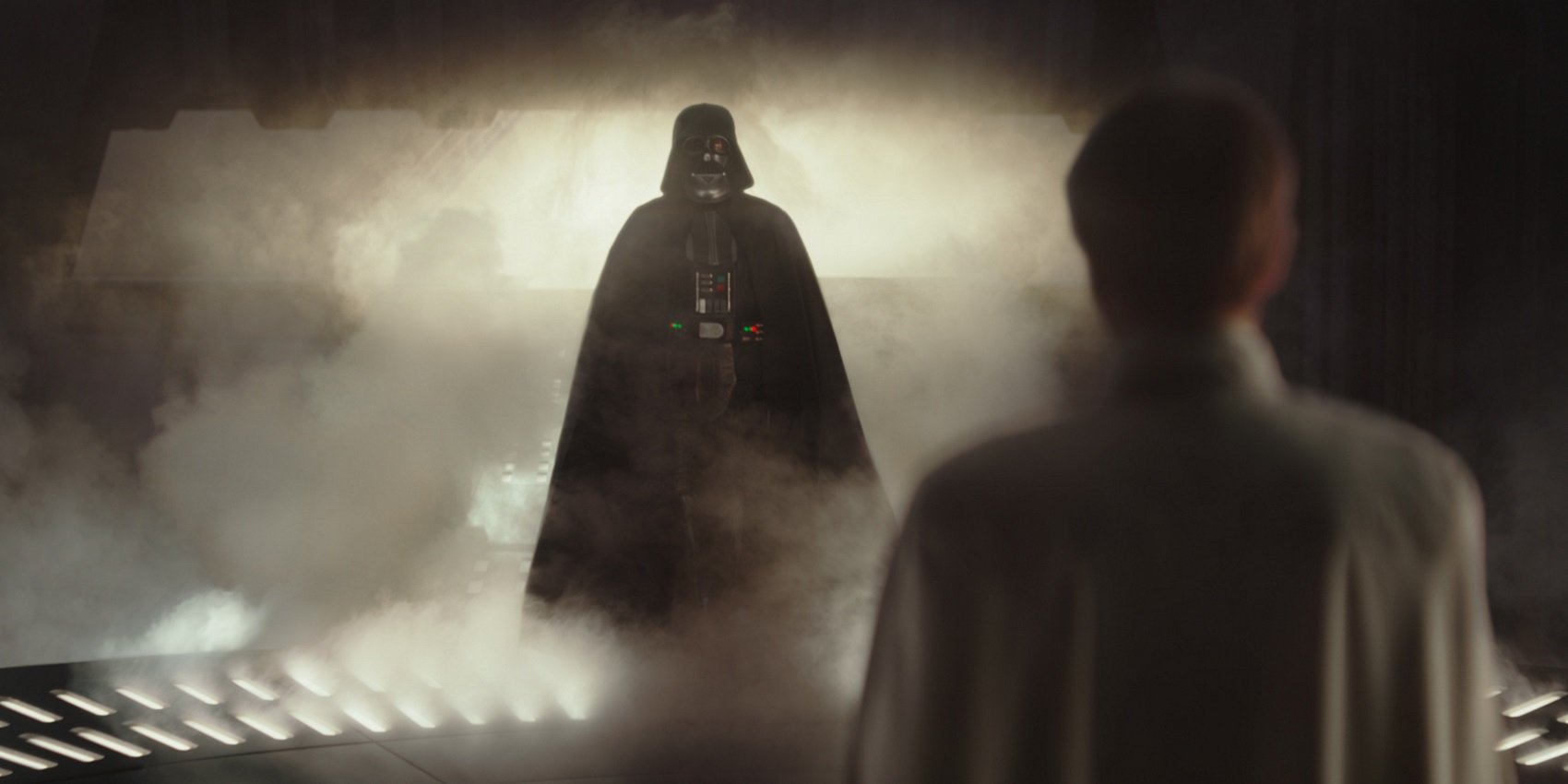
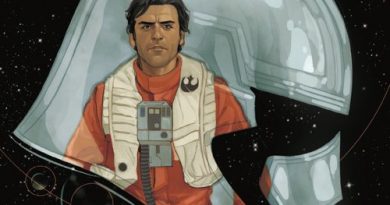
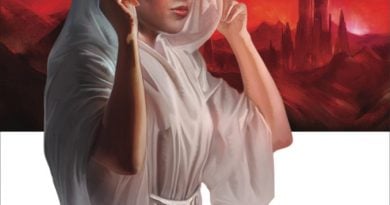
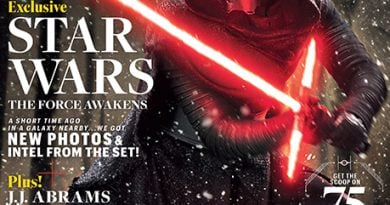
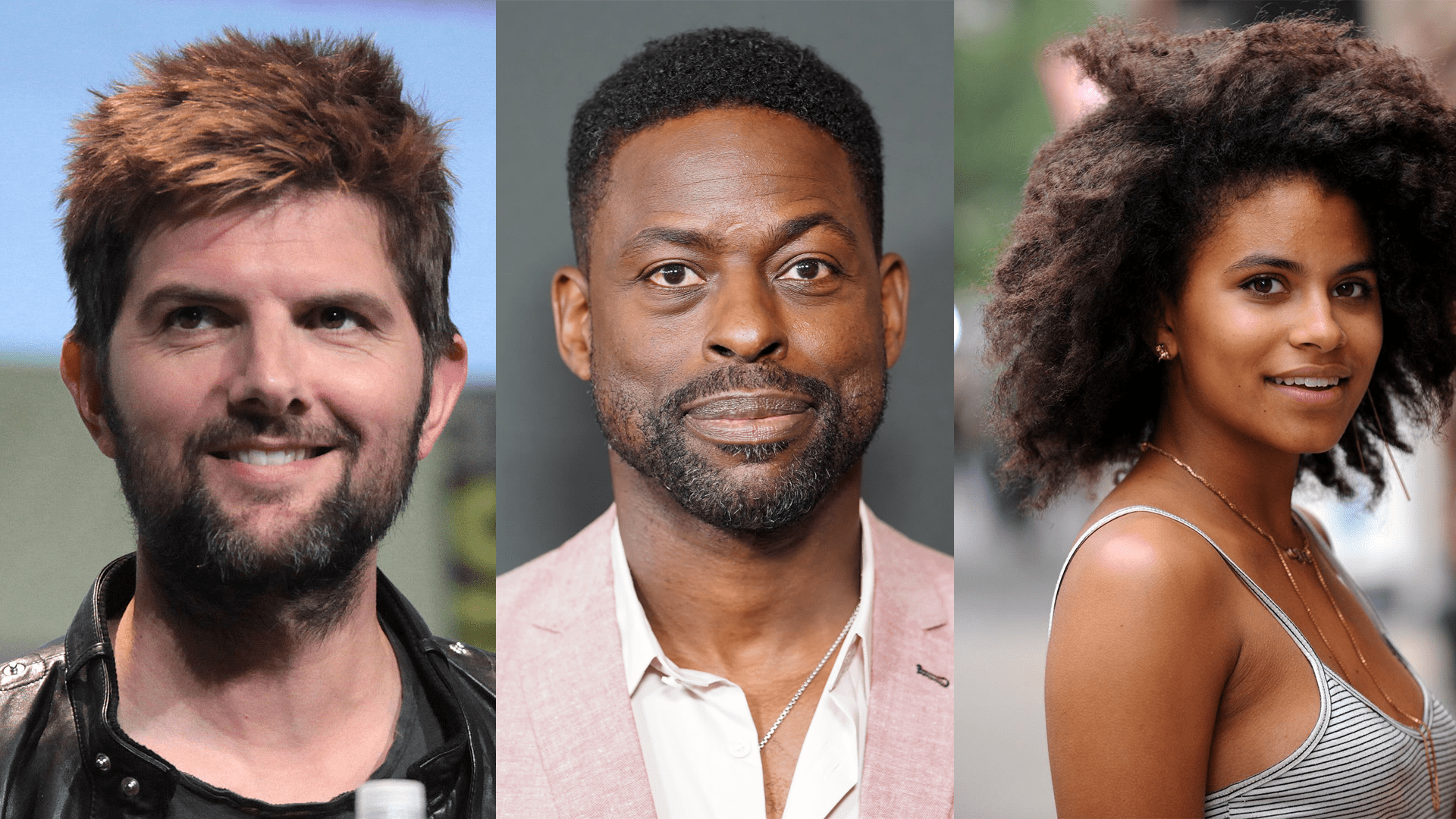
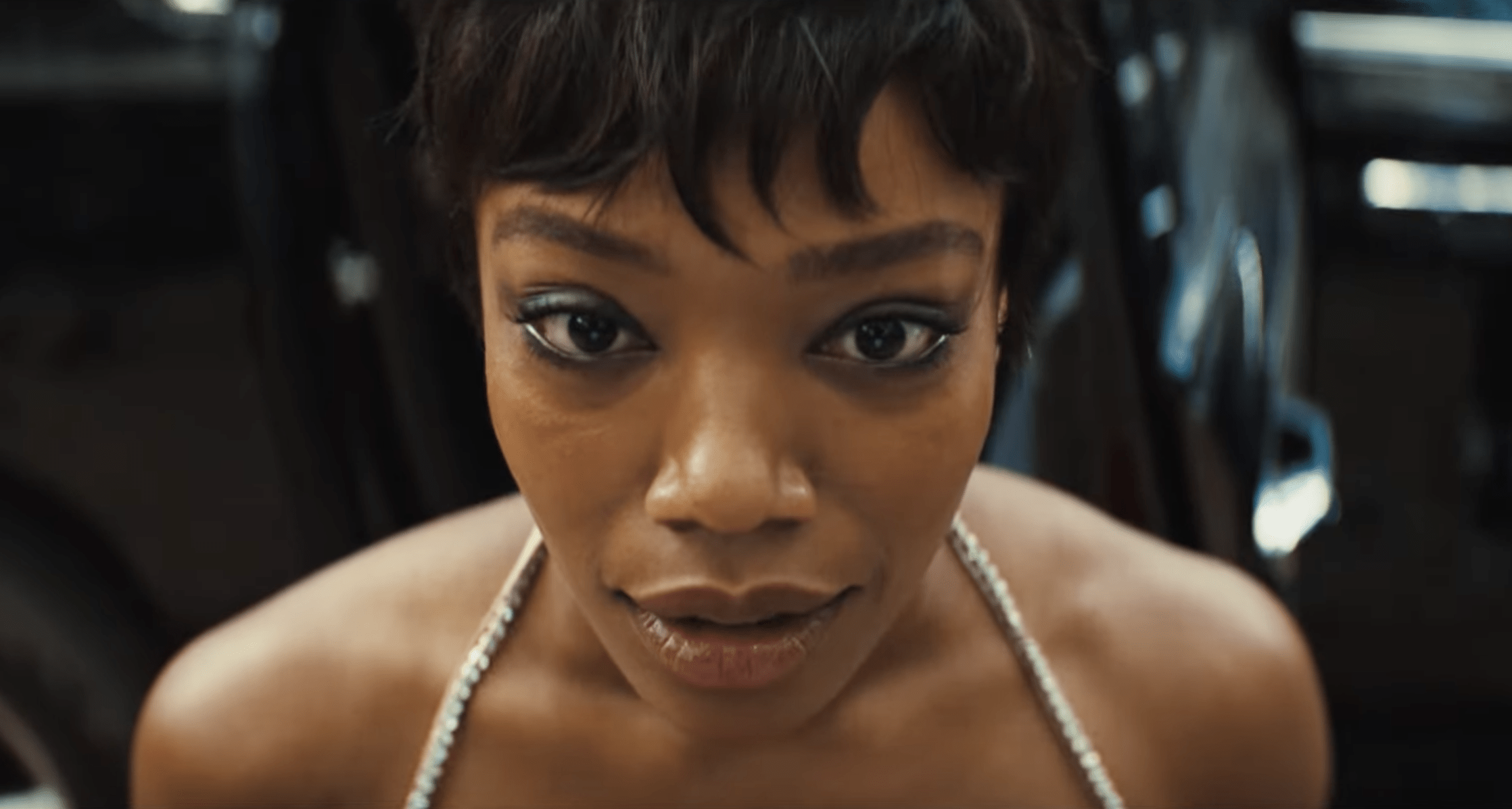

So this proves that Stormtroopers received their current design (post-Phase II clone) by at least 6 years after the end of the Clone Wars.
The canon novel Lords of the Sith (which I highly recommend to anybody craving more Vader brutality) has normal Imperial Stormtroopers and even Royal Guards running around, and that takes place only 5 years after the end of the Clone Wars. If I recall correctly, the captain of the Emperor’s Royal Guard at that time was a clone!
You recall correctly. 🙂
i didn’t realize that john lennon wrote for star wars. 😉
Jyn said she hadn’t seen her father in 15 years but her mother was killed in 13 years ago but those happened the same time. Unless Jyn has lost track of time a bit.
“About 15 years”. Just being vague like people are.
In Catayst it is clear Jyn was born in 21 BBY, which makes her 21 in Rogue One. The book messed up her age, it’s more likely she was 6 in the flashback scene since both the movie and the book mention numerous times that it has been 15 years since.
Cool.
Chirrut was a badass. Theres no doubt he had the force however limited. I love this movie. This isnt just the best ending to a Star Wars movie, this is one of the best endings to a movie period. Ive never felt my jaw drop before
Like the author, my first viewing impression of TFA was instantly better than my first viewing of RO. I like RO a lot the first time, but the directing and music were pretty different. I have seen TFA a lot since that first viewing, and still love it, but seeing RO the 2nd time made it significantly better, film and music. Then seeing it the 3rd and now 4th time, really solidified it as perhaps my second favorite behind Empire, and absolutely loving the soundtrack. So I encourage anyone to do that 2nd or 3rd viewing. So powerful!
Liked TFA better? Um ok TFA fanboi. Look TFA was ok, it wasnt EP1 terrible thank God. But RO was 10x the movie. Better acting, bettter script, better music, better directing, more interesting characters (who you actually care about). Space battles, a cooler droid, I could go on and on. Watch RO a 2nd and 3rd time and you will hopefully lose some of your shortsightedness and realize what the hell it is im talking about.
“Liked RO better? Um ok RO fanboi. Look RO was ok, it wasnt EP2 terrible thank God. But TFA was 10x the movie. Better acting, bettter script, better music, better directing, more interesting characters (who you actually care about). Space battles, a cooler droid, I could go on and on. Watch TFA a 2nd and 3rd time and you will hopefully lose some of your shortsightedness and realize what the hell it is im talking about.”
See how easy it is to do that? They are opinions, man. Just becomes someone likes something better you call them a “fanboi”? What does that make you? The dispassionate arbiter of all things Star Wars?
Yes. I enjoyed the heck out of TFA. But I also very much enjoyed Rogue One. If you notice, I said “in the theater…” – TFA has actually dropped a few points for me after multiple viewings. That being said, I still love the movie. My point though was that my theatrical experience of Rogue One did not match that of my initial viewing of TFA. I never said I thought TFA was better than Rogue One. I actually think Rogue One has the better sorry, which is probably why I liked the novel better. TFA gave me the best movie – going experience I’ve had in years and anything would be hard pressed to rival that.
Every single thing on that list was purely your opinion. Learn to play well with others.
Nice assessment of the novel. I’m about halfway through it and am enjoying it immensely, for all the reasons you’ve mentioned here.
Also, I’d like to add that I also got the audiobook (because why not?), and it’s read by the same fella that read Catalyst, so it maintains a wonderful continuity with the various voices, tone, etc. Highly recommend it!
Cool, I figured she was 19 and though from the actresses real age is older, She looks young enough to pull it off. Is there going to be a comic adapatation too?
“If a senator from Naboo could leash Vader”, Padme or Palpatine?